Acne is usually caused by oily or mixed skin types. The formation of acne is mainly related to factors such as excessive sebum secretion, abnormal keratinization of hair follicles, Propionibacterium acnes infection, hormonal fluctuations, and improper cleaning. Oily skin is more prone to clogged pores due to active sebaceous glands, while mixed skin exhibits similar characteristics in the T-zone.
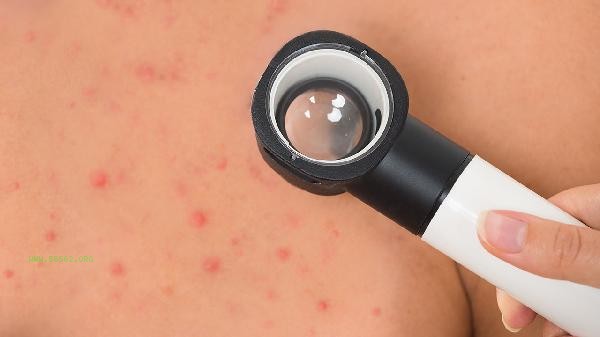
1. Oily skin
Oily skin is characterized by vigorous oil secretion throughout the face, enlarged pores, and a tendency to develop blackheads and whiteheads. Excessive sebum can mix with keratinocytes to form keratin plugs, blocking the opening of hair follicles and creating conditions for the proliferation of Propionibacterium acnes. This type of skin requires mild amino acid cleansing to avoid excessive cleansing and stimulation of sebaceous glands. Salicylic acid or almond acid skincare products can help unclog pores, but it is necessary to strengthen moisturizing and sun protection after use.
2. Mixed skin type
Mixed skin presents oily features in the T area such as the forehead, nose, and chin, while the cheeks may be neutral or dry. The sebaceous glands in the T area are densely distributed, which can easily cause inflammatory acne due to local oil accumulation. During nursing, it is necessary to manage the area by zone, use oil control products in the T zone, and focus on moisturizing the cheeks. Skincare products containing niacinamide can regulate water oil balance, reduce oil bleeding, and avoid barrier damage.
3. Hormonal effects
Before and after puberty or physiological period, an increase in testosterone levels can stimulate sebaceous gland hyperplasia, and even dry skin may experience acne outbreaks. In such situations, it is necessary to avoid using heavy skincare products and choose soothing products containing zinc or tea tree essential oil ingredients. Long term hormonal imbalances require medical examination for potential diseases such as polycystic ovary syndrome.
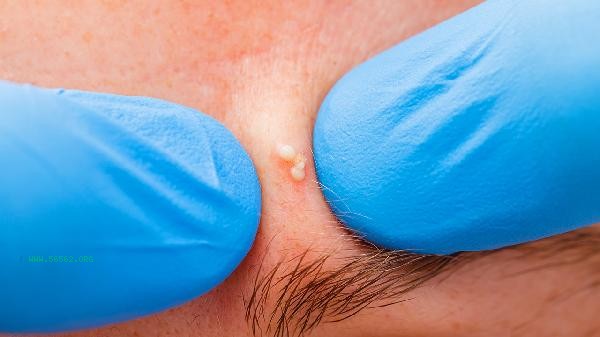
4. Barrier damage
Frequent exfoliation or misuse of cleaning products can lead to a decrease in skin barrier function, causing compensatory oiling and sensitive acne. Manifested as external oil and internal dryness, accompanied by redness, swelling, and papules. Soap based facial cleansers and alcoholic products should be discontinued, and repair creams containing ceramides and cholesterol should be used in combination with low concentration azelaic acid topical application.
5. environmental triggers
High temperature and humid environments can exacerbate sebum oxidation, and the adhesion of haze particles may induce folliculitis. This type of skin requires daily physical sun protection and the use of antioxidant vitamin C derivative products. Clay facial mask can be used at night to absorb excess oil, but not more than twice a week to avoid damaging the skin micro ecology.
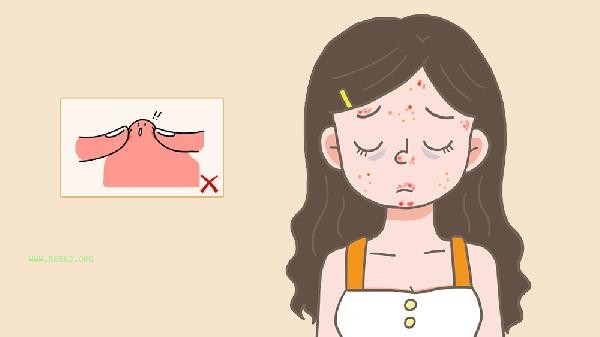
For skin prone to acne, it is recommended to use water-based moisturizing products with oil-free formulas to avoid containing acne causing ingredients such as mineral oil and lanolin. Reduce the intake of high sugar and dairy products in diet and increase the consumption of dark vegetables rich in vitamin A. Pillow covers need to be replaced regularly, and avoid rubbing the skin forcefully during cleaning. If acne recurs or leaves scars, it is necessary to seek professional treatment at a dermatologist in a timely manner. Phototherapy or fruit acid peels can effectively improve acne scars and pore problems.

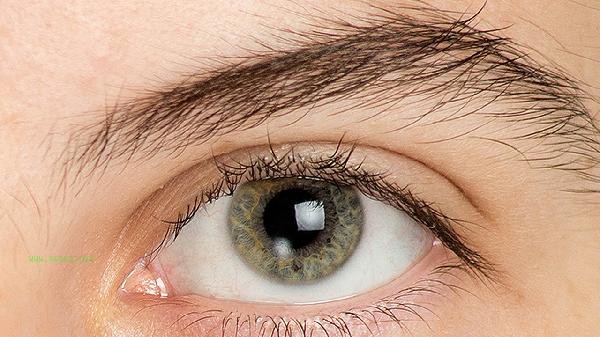
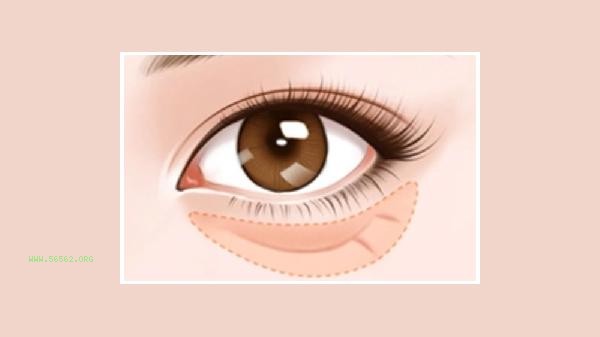
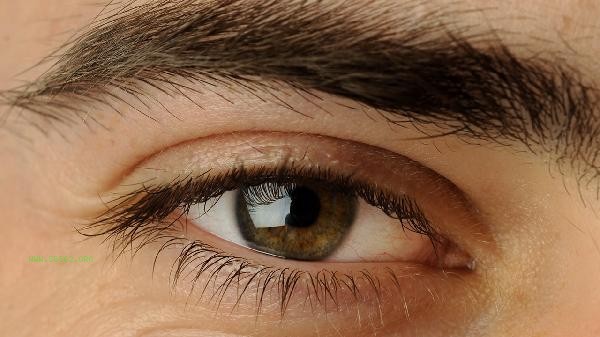
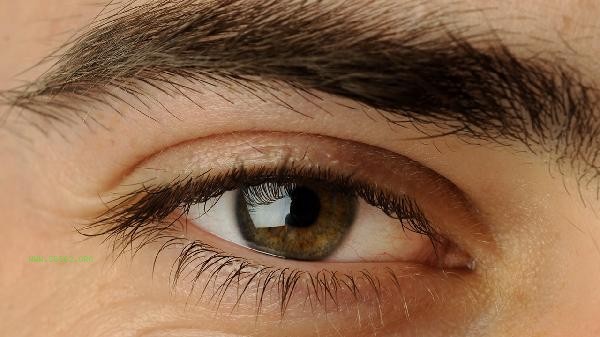



Comments (0)
Leave a Comment
No comments yet
Be the first to share your thoughts!